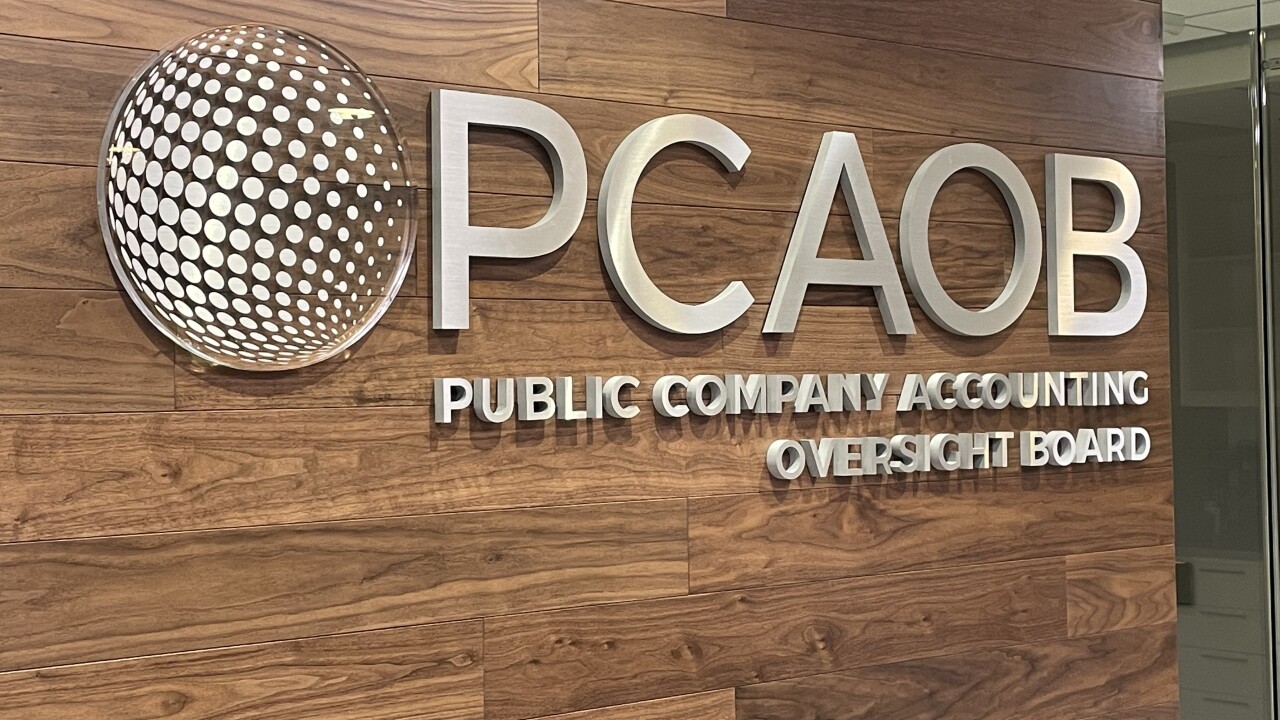IMGCAP(1)]I speak with many executives who, when asked about whether or not they have an anti-fraud hotline in place, respond, “We don’t need an anti-fraud hotline; I know what goes on in my company.”
While these executives may have a good idea of how their company is running, perception is not always reality. The fact is that anti-fraud hotlines are an asset that every organization should incorporate to compliment other anti-fraud programs currently in place. Here are the six reasons why your organization needs an anti-fraud hotline:
1. Detect potential losses. According to the 2012 Report to the Nations on Occupational Fraud and Abuse published by the Association of Certified Fraud Examiners, 43.3 percent of the frauds studied were detected by a tip. This is nearly three times the next highest method of detection, management review (14.6 percent). In organizations that had an anti-fraud hotline in place, this method of detection increased to 50.9 percent, more than three times that of management review (16.3 percent).
2. Mitigate losses. Participants in the ACFE’s report noted above estimated that organizations lose approximately 5 percent of revenues each year to fraud. This is even more staggering when you consider that the report also found that more than 60 percent of victim organizations recovered either nothing or less than 25 percent of their losses. In the event of federal prosecutions, companies can also point to anti-fraud hotlines to demonstrate their efforts to prevent and detect fraud to reduce fines.
3. Reduce daily executive oversight. Outsourcing your anti-fraud hotlines helps ensure anonymity and enables your executives to receive incident reports as often as they would like. This reduces company oversight of the hotline, allowing your executives to focus on the company and its operations.
4. Set an ethical tone. A properly marketed anti-fraud hotline lets employees, customers, vendors and other stakeholders know that management and the board of directors are committed to preventing and detecting fraud. Placing the hotline number in email signatures, on letterhead and throughout company advertisements keeps the theme fresh in people’s minds.
5. Minimize risk. Not all tips uncover fraud, but tips could lead to the identification of fraud risks. For example, at a midsize construction company, an investigation into an allegation of misused equipment did not uncover any evidence of misuse, but it served as a warning to the company to revisit its equipment policy, make the necessary changes and retrain its employees in policies and procedures to ensure compliance. Companies can also market this hotline as an option for employees to report deficiencies in internal controls that could lead to fraud or misstatements being undetected.
6. Improve efficiencies. Many companies use their hotlines for more than just anti-fraud measures. Companies can also use this hotline for general tips and recommendations in order to improve processes and procedures. Employees are the lifeline of your company and often have more insight into the day-to-day procedures of your business than middle and upper management. Their recommendations can lead to reduction in waste and improvement of efficiencies.
With proper implementation, anti-fraud hotlines can go a long way towards preventing and detecting fraud and waste and removing inefficiencies in your business. It reminds your employees that although management cannot be everywhere at once, other employees and stakeholders serve as the eyes and ears of management, giving your company an added layer of protection.
Jerry W. Conaty, CPA, CFE, PSA is an audit manager at





